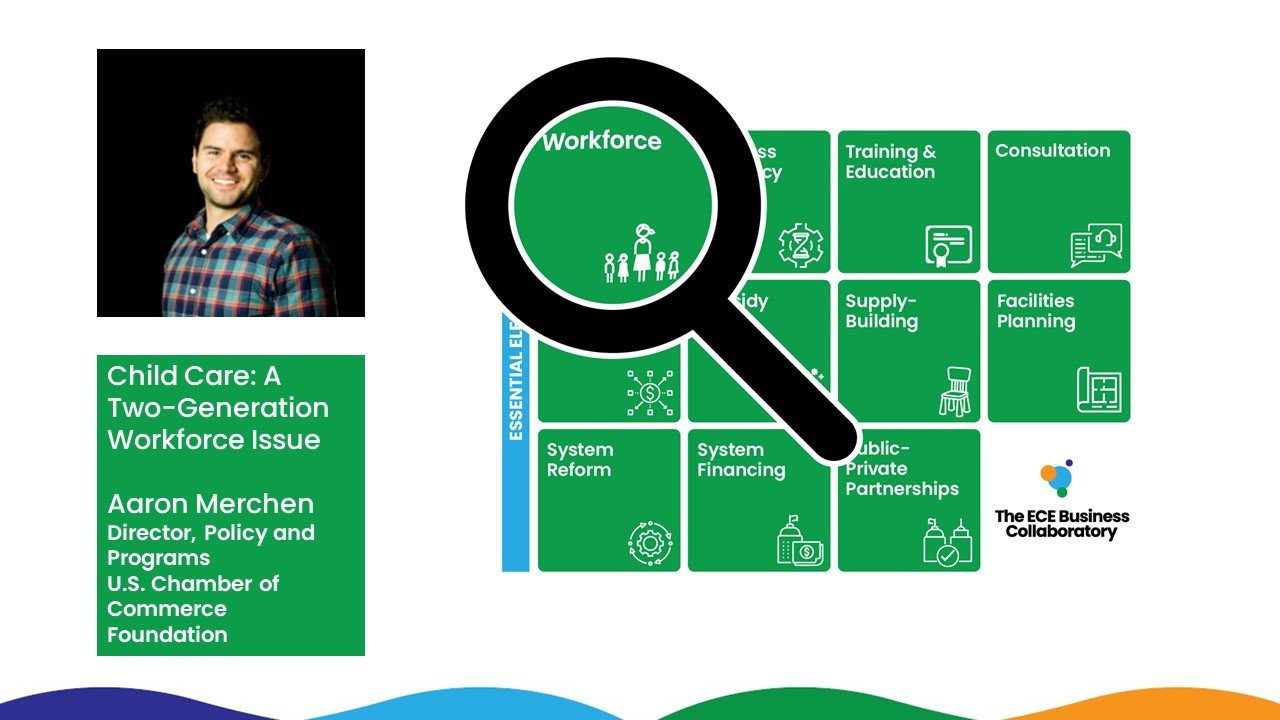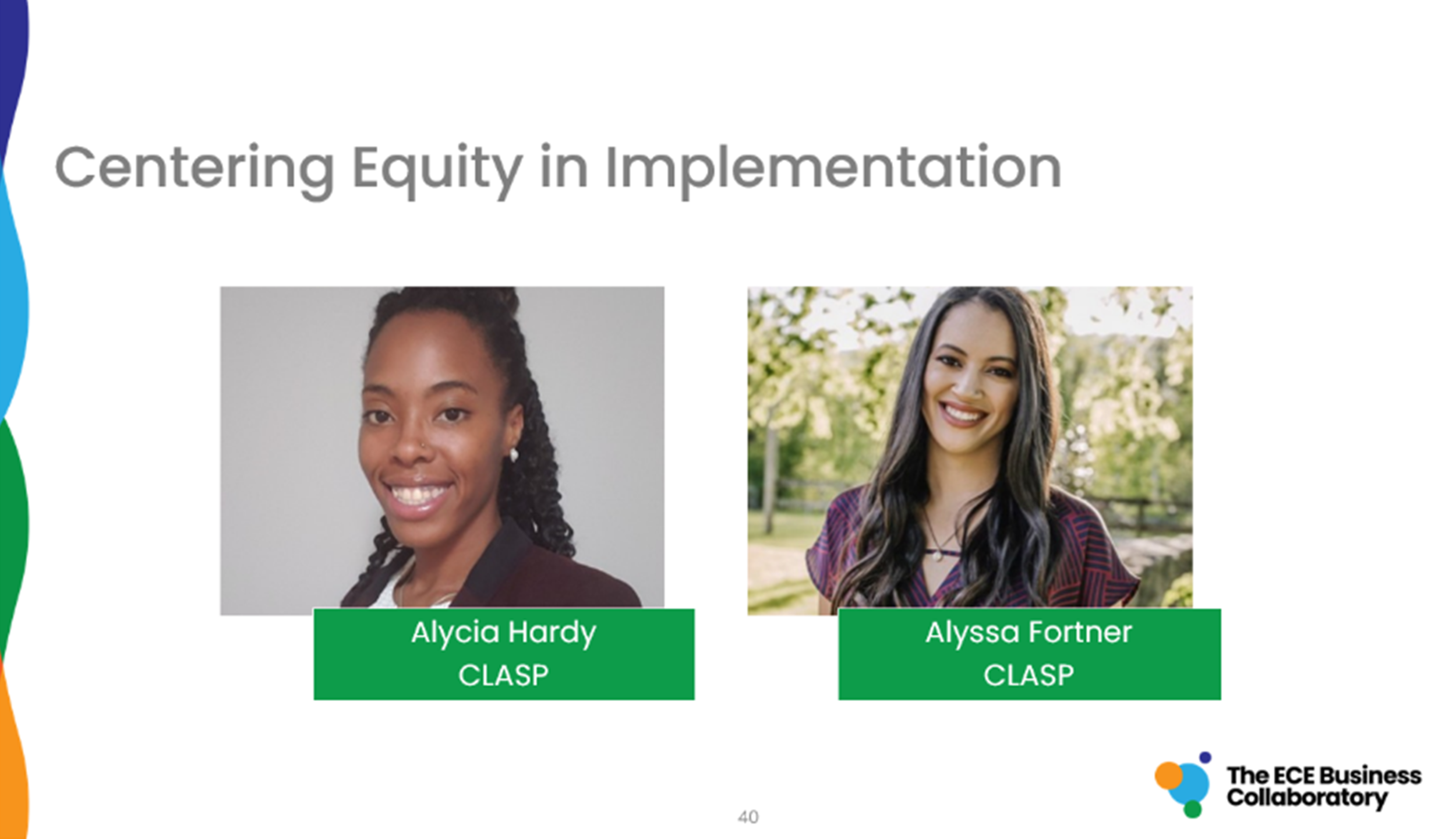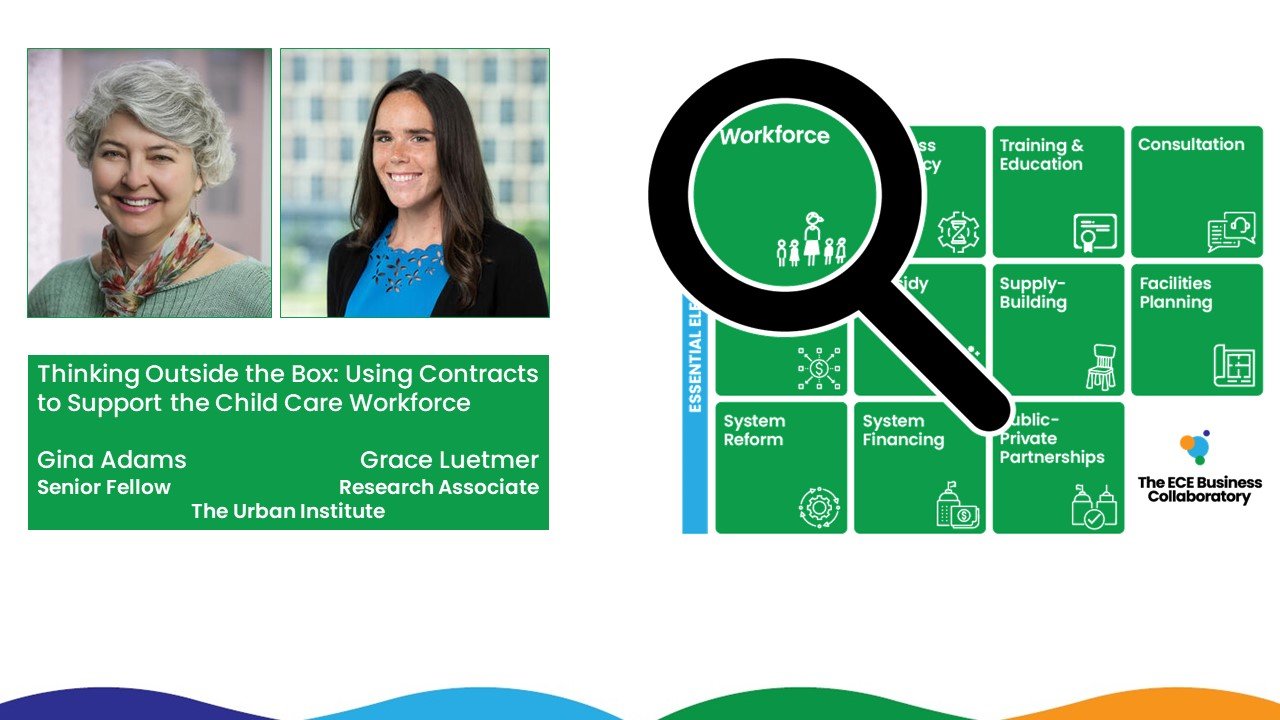
TEAM RESOURCES HOME | ECOSYSTEM ESSENTIAL ELEMENTS: IN FOCUS | PAST TRAININGS | PUBLICATIONS | BLOG | TEAM DIRECTORY
All In Focus Sessions
Click on each image to view the InFocus Recording.
Early Childhood Systems Thinking Barb Fabre; All Nations Rise
Ancestral Echoes: Nurturing Ojibwe Language & Culture Persia Erdrich & Nicole Kneeland ; Grandma’s House
Native Economic Development Resources & Data-Informed Decision Making Elliot Charette and Amalea Jubara Center for Indian Country Development / FRBM
Taking Action on Equity Dr. Sherri Killins Stewart BUILD Institute
Workforce Compensation and Benefit Strategies Harriet Dichter BUILD Institute
More In Focus Resources
The Ecosystem.
The Early Childhood Education (ECE) Business Ecosystem identifies the 11 “Essential Elements” necessary to have a sustainable, sufficient system of high-quality child care that meets the practical, educational, and cultural needs of children and provides child care business owners with a viable business model and enhances the local economy, community vitality, and civic life.
Taking a Closer Look.
The Ecosystem can be used as an effective assessment and planning tool for community and systems leaders to think deeply about what exists in their own child care business ecosystem, identify areas of development, explore how it can be enhanced, and create action plans to address existing gaps.
Best Practices.
Learn from national thought leaders that are working to tackle ECE’s thorniest issues in each of the Essential Elements.
























